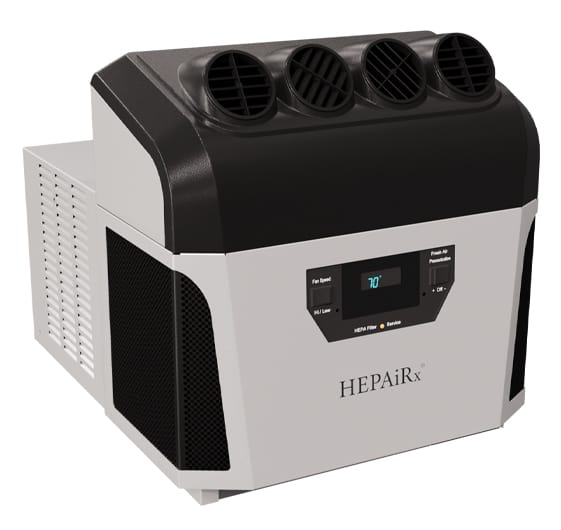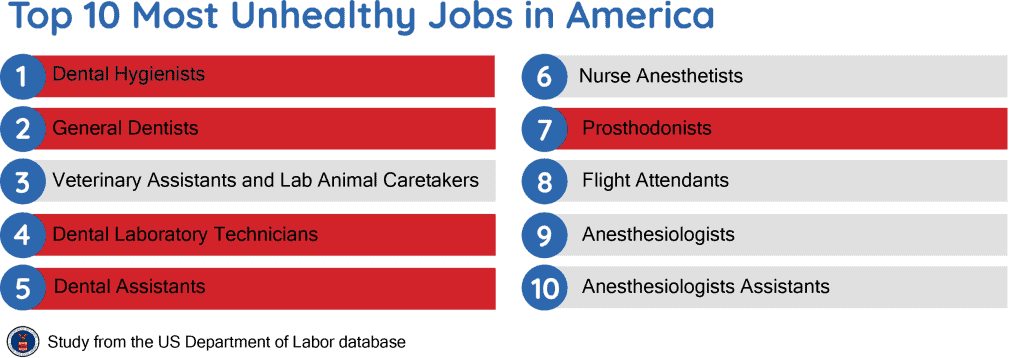This product is no longer available for sale. It is an example of the types of HVAC equipment that Air Innovations has developed.
Even before the COVID-19 pandemic, dentistry was one of the most dangerous professions and put dentists and dental staff at great risk for infection. Air Innovations created the HEPAiRx® ventilating room air filtration unit to keep patients and staff safer in the dental environment. This system can also be utilized in other settings where clean air exchange is necessary.
The HEPAiRx® system is an air filtration device that quickly and effectively purifies the room of airborne particles and contaminants. The system combines multiple strategies for maintaining optimal health. Each window unit uses medical-grade HEPA filtration, ventilation to exhaust the room air every 30 minutes for a standard-sized room, optional UV-C light, and creates positive or negative pressure spaces to reduce the number of particles from entering or exiting the space.



